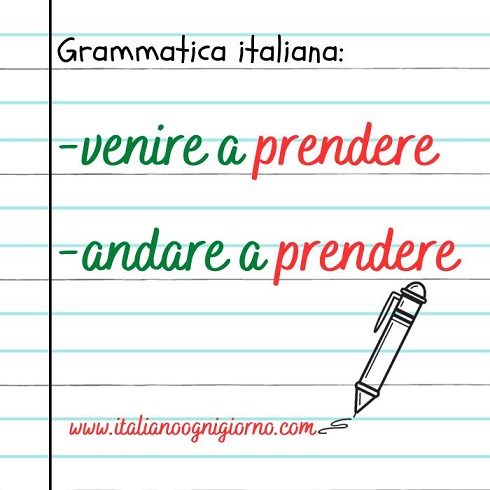Nel video spiego 6 significati del verbo trovare/
In the video I explain 6 meanings of the verb to find
1) Trovare qualcosa o qualcuno che cerchi;
– to find something or someone you are looking for;
Esempi:
1. Per fortuna hai trovato le mie chiavi!
Luckily you found my keys!
2. Sono certa che troveremo il gatto sotto al divano.
I’m sure we’ll find the cat under the sofa.
3. Ecco, ti ho trovato finalmente!
Well, I’ve finally found you!
2) Trovare qualcosa o qualcuno per caso;
– to find/come across someone or something by chance;
Esempi:
1. Trovava sempre dei quadrifogli ovunque.
She always used to find four-leaf clovers everywhere.
2. Abbiamo trovato dei pomodori a buon prezzo.
We found some tomatoes at a good price.
3. Ho trovato una vecchia foto nel quaderno.
I found an old photo in the notebook.
3) Trovarsi con qualcuno;
– to meet up with someone;
Esempi:
1. Ci troveremo davanti al cinema alle 20.
We will meet in front of the cinema at 8pm.
2. Si sono trovati al bar per prendere un caffè.
They met at the bar to have a coffee.
3. Troviamoci dopo per chiacchierare!
Let’s meet up later to chat!
4) Trovare qualcuno/qualcosa bello, interessente, antipatico, ecc.
– to find someone/something beautiful, interesting, unpleasant, etc.
Esempi:
1. Trovi utile questo libro di grammatica?
Do you find this grammar book useful?
2. Ho trovato gli spaghetti troppo piccanti.
I found the spaghetti too spicy.
3. Troviamo la tua idea geniale!
We find your idea brilliant!
5) Andare/venire a trovare qualcuno;
– to visit with someone;
Esempi:
1. Ti verremo a trovare tra qualche giorno.
We will visit you in a few days.
2. Ieri sono andata a trovare una vecchia amica.
Yesterday I went to visit an old friend.
3. Venivano sempre a trovare i nonni il sabato.
They always came to visit their grandparents on Saturdays.
6) trovarsi, essere situato;
– to be located, situated;
Esempi:
1. La nostra casa si trova davanti alla piazza.
Our house is located in front of the square.
2. Dove si trovano i parcheggi per le bici?
Where are the bike parks located?
3. Il nuovo teatro si troverà vicino al centro.
The new theater will be located near the center.
Per ricordare meglio questi 6 significati esercitati a scrivere delle frasi e condividile nei commenti di questo blog cosi te le valuto!
Inoltre, iscrivendoti all’Accademia dei Verbi avrai l’opportunita’ di perfezionarti ancora di più.
To better remember these 6 meanings, practice writing sentences and share them in the comments of this blog so I can evaluate them for you!
Furthermore, by enrolling in the Accademia dei Verbi you will have the opportunity to improve yourself even further.
- Racconto italiano: La gatta sull’albero /A2

- Racconto italiano: Le scale al nuovo anno /B2

- 32 frasi ipotetiche del primo tipo in italiano

- Una rassegna: Cosa abbiamo studiato in italiano nel 2024?

- Racconto italiano: Un giorno perfettamente imperfetto /A2

- Racconto italiano: Le scale al nuovo anno /A1

- Racconto italiano: La proprietaria avara /A2

- 32 frasi ipotetiche del secondo tipo in italiano

- 25 verbi riflessivi in italiano











